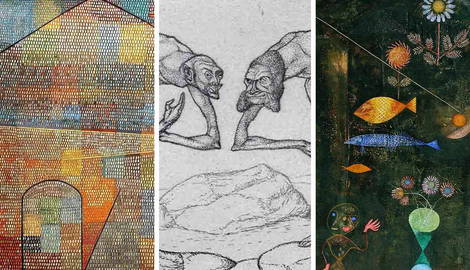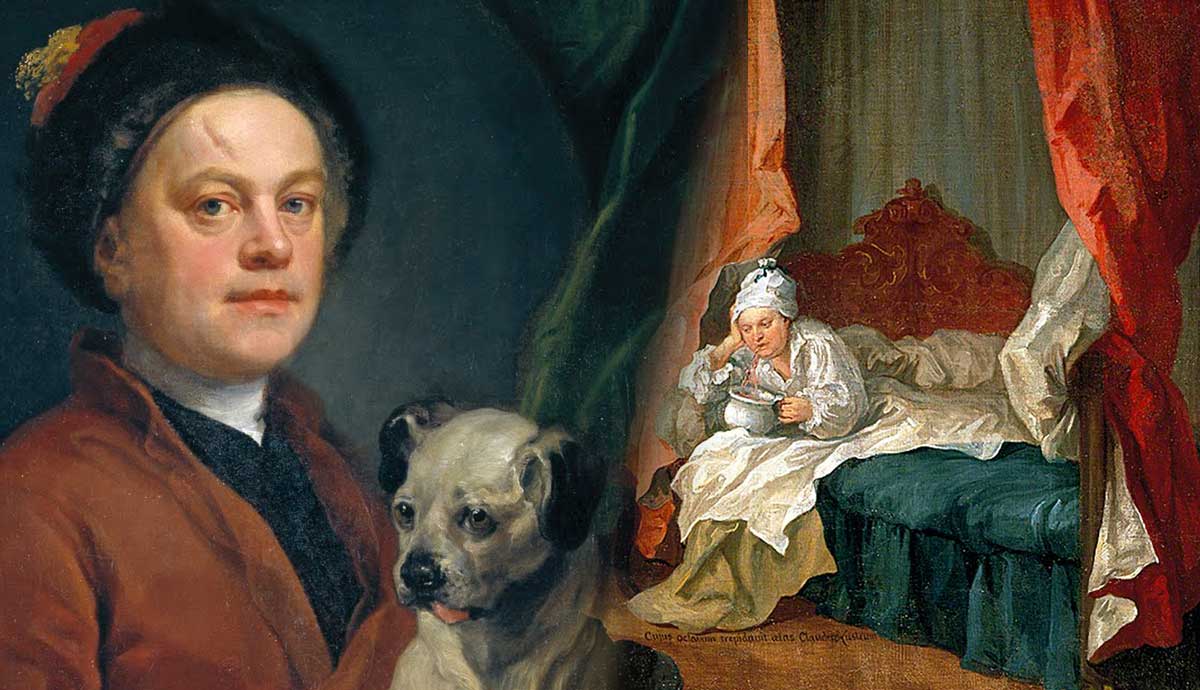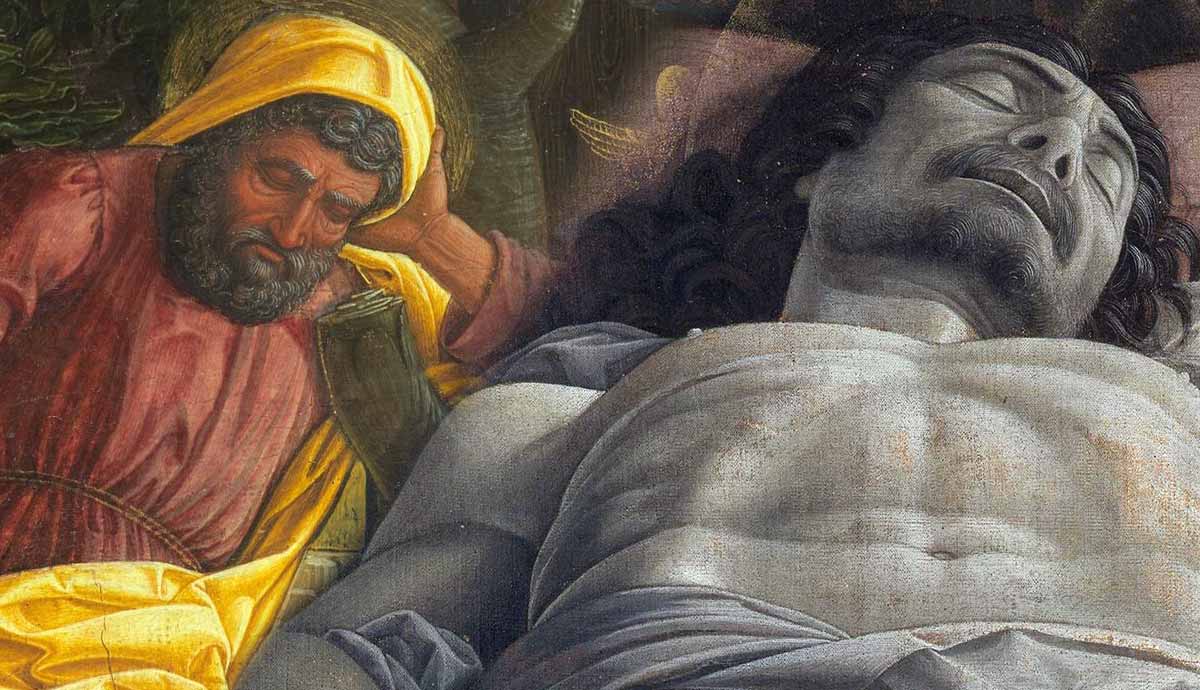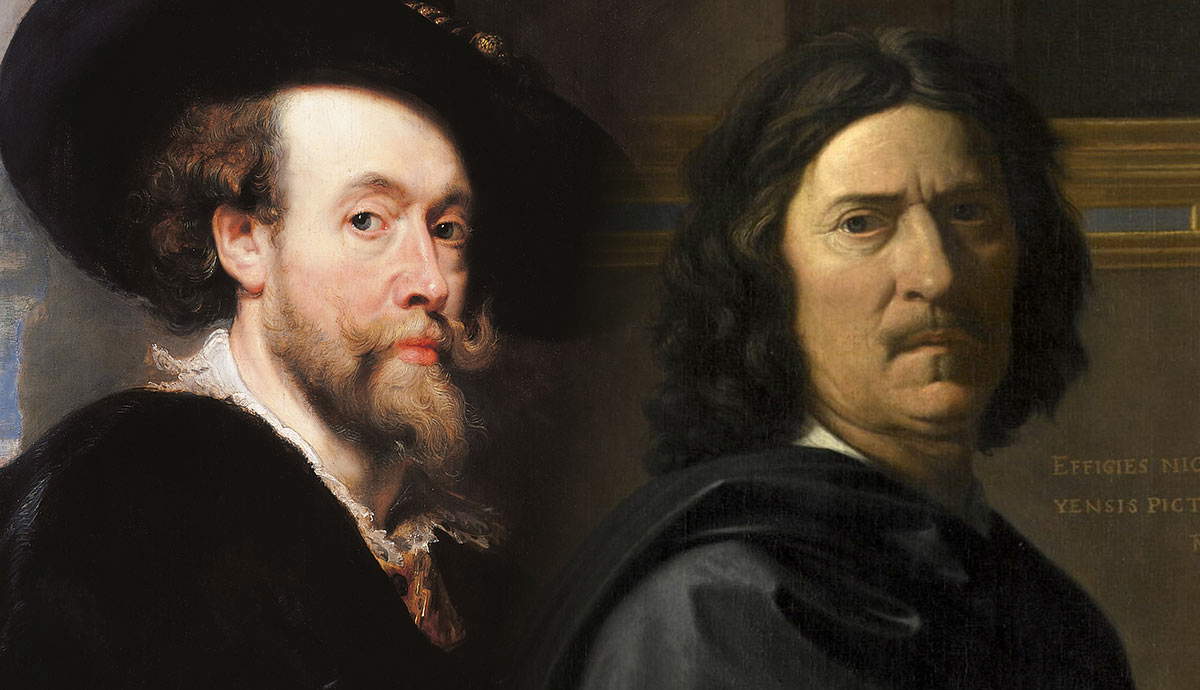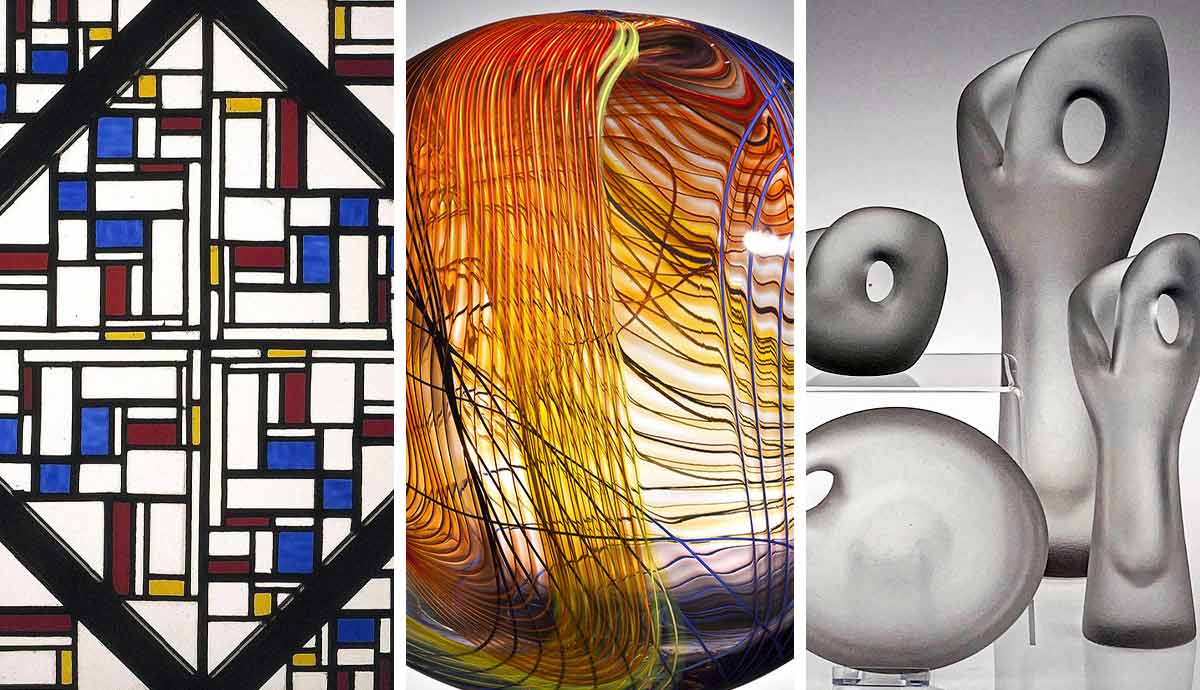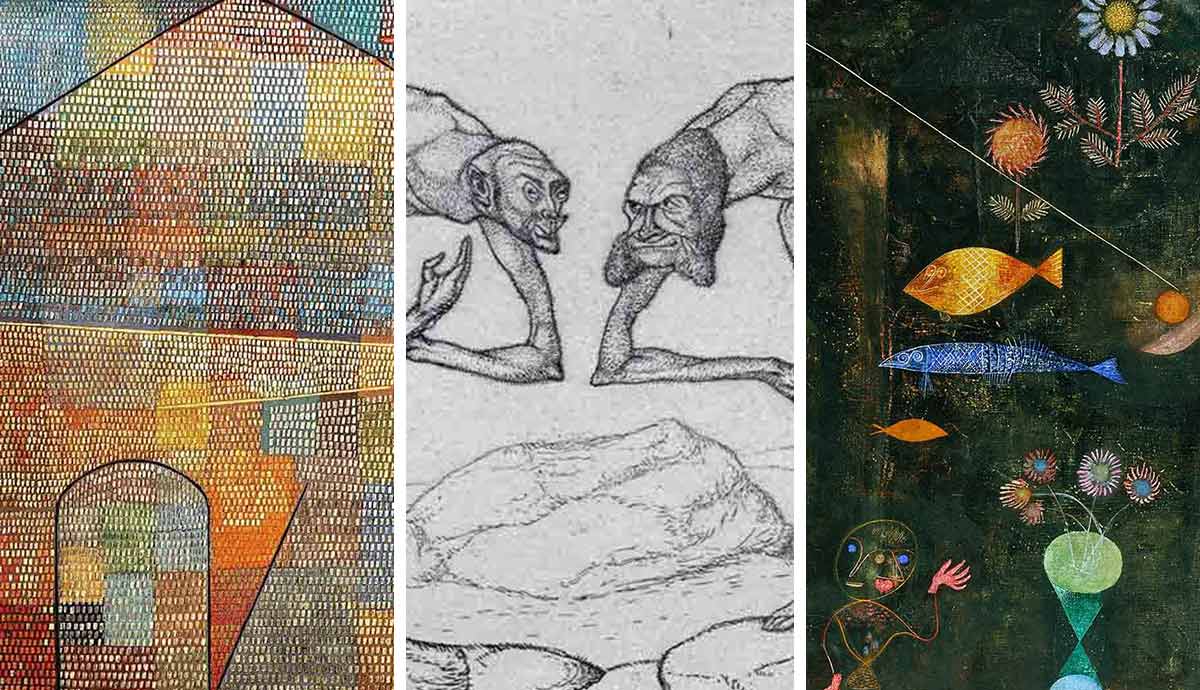
Swiss-born artist Paul Klee lived a relatively short but impactful life. A talented musician since his childhood, he chose to become an artist to protest the will of his father who was a music teacher. His versatile education and experiences made Klee a truly unique and experimental artist. He effortlessly moved between styles, movements, and materials. In his mature years, he was among the most influential Bauhaus teachers, training the new generation of European creatives. Read on to learn more about Paul Klee and his most impressive works.
1. Paul Klee’s Early Work

The famous Paul Klee was born in 1879 into a Swiss family of a musical teacher and a singer. From his early years, the future artist practiced music and fine art with significant success but paid little attention to other subjects. Klee’s strategy during his school years was to achieve the acceptable minimum required for passing and nothing more. As he stated in his notes, this was rather difficult and there was a constant risk of failing on one hand and the fear of accidentally doing too much on the other.
At nineteen, he enrolled in the Academy of Fine Arts in Munich. One of Klee’s teachers was Franz von Stuck, a famous German Symbolist. Despite his conservatism in painting, von Stuck had a unique approach to the young avant-garde artists, highlighting and developing their natural inclinations. For instance, while training a friend of Klee, the Russian-born artist Wassily Kandinsky, he forbade him to use color until he perfected his lines and forms in black and white only. This way, he forced Kandinsky to focus on areas that needed improvement.
Klee had the opposite problem. Good at drawing and etching, he struggled with color. However, the intense and nuanced color would become one of the key features in his later career.
2. A Man Sinking Before the Crown

After finishing his art education, Klee spent several years at his parents’ house, experimenting with art techniques. He created works on glass by covering it with dark paint and then scraping the layer off with a needle. Engravings and prints were among his other favorite techniques. Despite their old age, they were surprisingly popular among other Expressionist artists of Klee’s generation.
Unconventional mixing of materials and techniques was one of the most exciting things for Paul Klee. Over the years, he experimented with layering watercolor over oil paint, printmaking, glass painting, and even base materials, using burlap instead of canvas. Questioning tradition and finding his way through practice was Klee’s principal artistic method.
3. In Franz Marc’s Garden: Paul Klee and The Blue Rider

In 1911, Klee met artists Wassily Kandinsky and August Macke through a mutual friend. Impressed by their ways of thinking and deep knowledge, he joined the team of the almanac called Blue Rider, led by Kandinsky. In the following year, Klee, Kandinsky, Macke, Franz Marc, and other progressive Expressionists exhibited their works together. They also developed color theories and gradually approached abstraction. During the Blue Rider period, Klee explored the theoretical writings of other artists and developed his own approach. At the time, he mostly worked with simple landscapes, searching for his own creative voice.
4. City Hammameth in Tunisia

A trip to Tunisia changed Paul Klee’s perspective on light and color. In 1914, he traveled there with Auguste Macke and discovered new possibilities in art. He finally learned to work with color and tailor it to his own needs.
Tunisia also accelerated Klee’s movement towards abstraction. Something in the light and tone of the North African land forced him to depart from physical reality and address the intangible concepts and compositions. This time, his early musical practice played its role. He was able to apply the laws of musical harmony, tone, and dissonance to his visual experiments. The painting In The Style of Kairouan was Klee’s first truly abstract work that opened the way for his future creations. The Tunisian period was incredibly prolific for Klee, framing his relationship with color and form.
5. Death for an Idea

World War I had a profound impact on Paul Klee, just like it did on other artists of his generation. His fellow artists and friends Auguste Macke and Franz Marc died on the battlefield. Klee managed to avoid military action but he did paint camouflage on German airplanes. Dubbed The War to End All Wars, the global conflict was unimaginable to Klee’s generation, who had to witness the power of humanity in its most horrifying form. Heavy machinery, aviation, and chemical weapons were all introduced at once, shattering the old world into ruins.
The horror of war, death, and mass destruction resulted in a series of lithographs and drawings, including the work Death for The Idea. His art of that period is dark and devoid of previous liveliness and joy. It seems anxious and suppressed by the collective trauma. Many of Klee’s colleagues suffered a painful transformation and they were unable to create art like they did before.
6. Ad Parnassum: The Bauhaus Years of Paul Klee

Klee was one of the most notable teachers in the experimental project of Bauhaus, the school of progressive architecture and design. Klee read lectures on the theory of visual form and led practical workshops on bookbinding and stained glass painting.
Bauhaus aimed to revolutionize industrial design by leaving out excessive elements. In Bauhaus’s design, form had to follow function. However, despite the impressive list of teachers like Walter Gropius, Wassily Kandinsky, Johannes Itten, Paul Klee, and others, Bauhaus did not produce many graduates with comparable skill or innovation.
Parallel with teaching, Paul Klee traveled and experimented with styles. His 1929 trip to Egypt inspired a turn towards Pointillism. One of the best works in his entire oeuvre was inspired by the Giza pyramids and painted with perfect small strokes of color. His painting Ad Parnassum is considered to be one of the greatest examples of Pointillist art, blended with abstraction and avant-garde tendencies.
7. Fish Magic

Apart from abstract and semi-abstract compositions, the Bauhaus years of Klee were filled with experimenting with the surreal and the magical. The painting Fish Magic was one of the ironic, theatrical, and genuinely playful works made by the artist with colored fish suspended mid-air. Klee reverted the painting process by covering the canvas with bold colors first, overpainting them with black paint, and then scraping the top layer off. The result was a textured painting with tones almost glowing in contrast with the black background.
However, the period of this exciting experiment did not last very long. Klee’s teaching career was over in 1933 when Adolf Hitler became the German Counsellor. The artist became one of the victims of the Nazi campaign against degenerate art. With teaching officially forbidden, Klee and his family fled to neutral Switzerland and never went back to Germany.
8. Death and Fire: The Last Great Work of Paul Klee

Paul Klee never truly recovered from the shock and horror preceded by his exile. Two years after his return to Switzerland, he was struck by an autoimmune disease that took his life in 1940. In his last years, he painted a lot, often expressing his fears of death and pain.
Perhaps, the most significant work of Paul Klee’s late oeuvre is the painting Death and Fire. In a manner suggesting ancient hieroglyphs, Klee coded the German word for death, Tod, approaching him. The shape of a skull, the ancient symbol of mortality, eternal darkness, and the inevitability of death, also transformed into a distorted mask. Some art historians connect the style of Death and Fire to Klee’s explorations of prehistoric cave paintings and ancient art. This interpretation highlights the primal fear of death and suffering that suffocated the artist during the last months of his life.
